
In 2015, there were 1,330 pedestrian crashes and 59 pedestrian crash fatalities in Colorado. To educate pedestrians and drivers on the importance of safety and observing pedestrian laws, particularly around crosswalks and intersections, the Colorado Department of Transportation’s introduced Fred Estrian: the classic walk signal brought to life. Fred took to the streets of Denver to educate drivers and pedestrians alike on the important of using and remaining alert at crosswalks.
View this complete post...
Tags: cdotmedia, CO, colorado, Colorado Department of Transportation, Comedy, Denver, Fred Estrian, Pedestrian, safety, Video, Walking, YouTube
Posted in
Equity, Local, Show Us Your Infra, Urban Planning
Comments Off on Denver, CO: Meet Fred Estrian, the Walk-Signal Guy
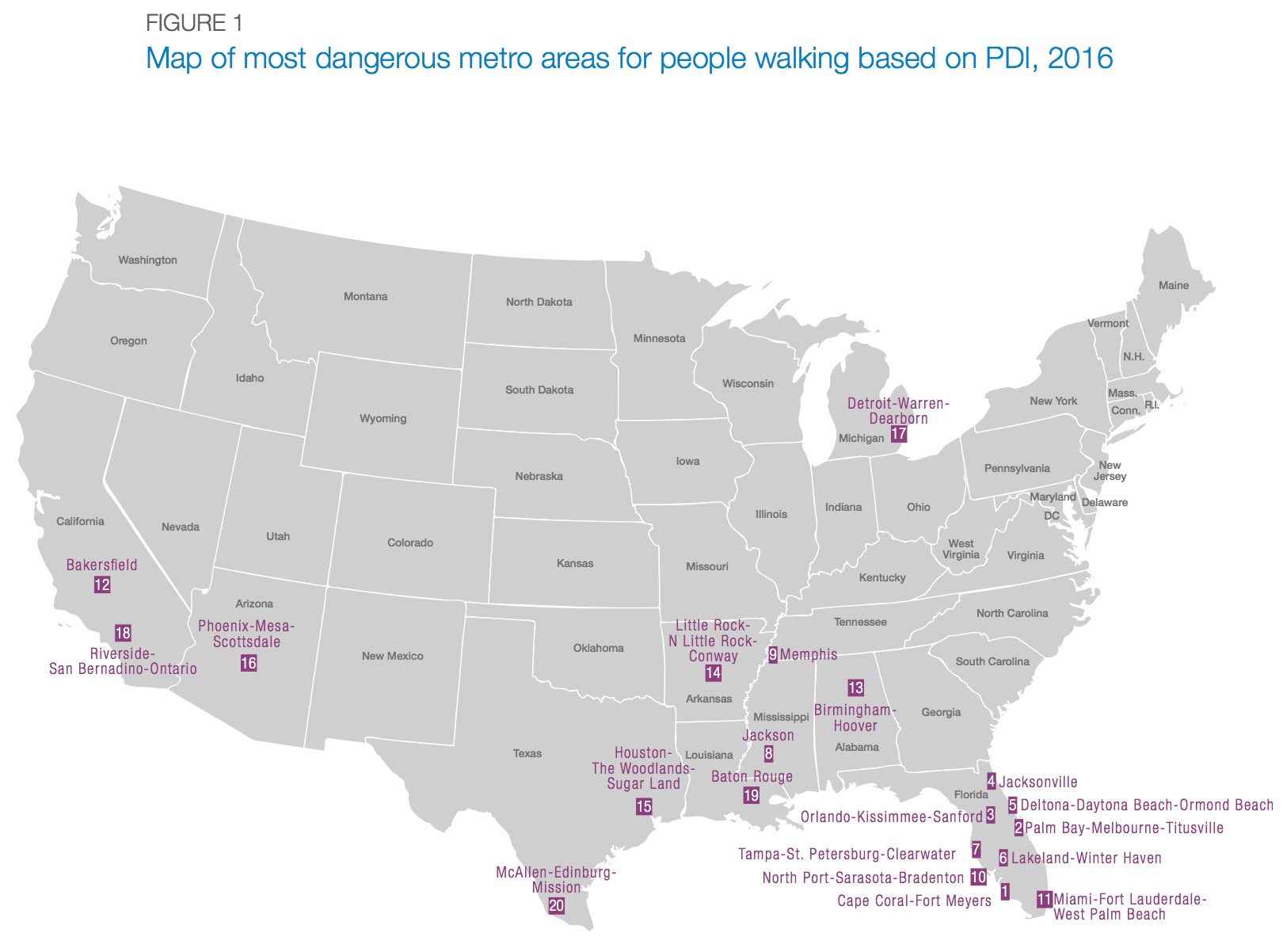












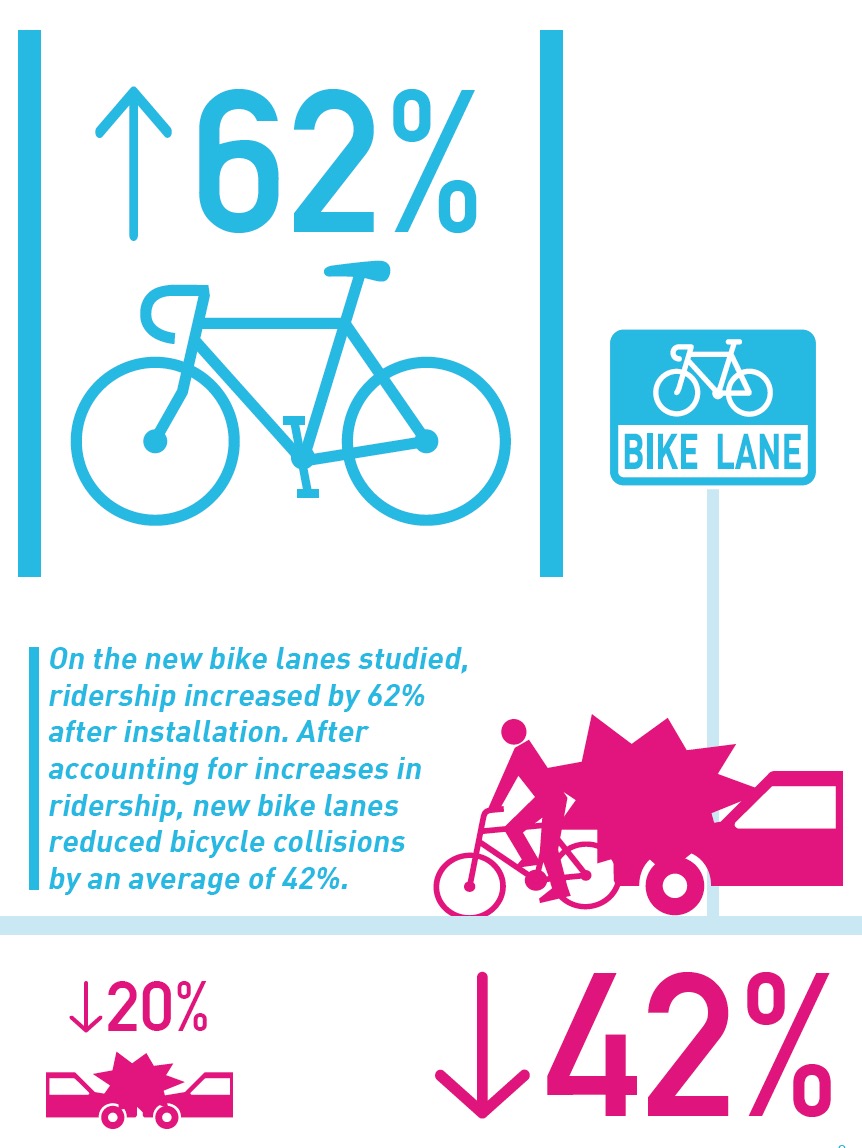
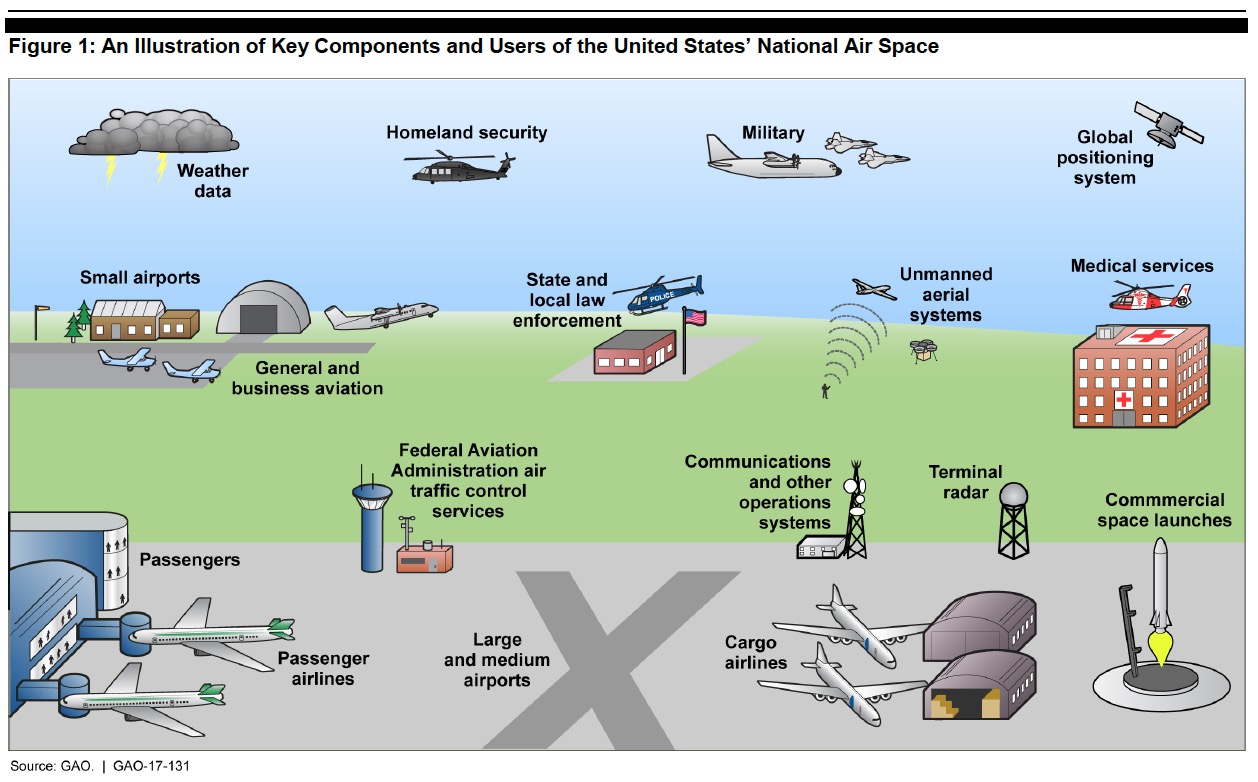
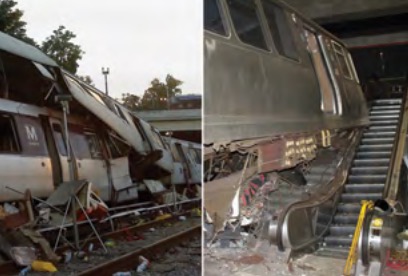

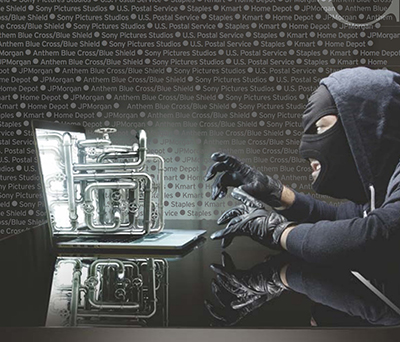


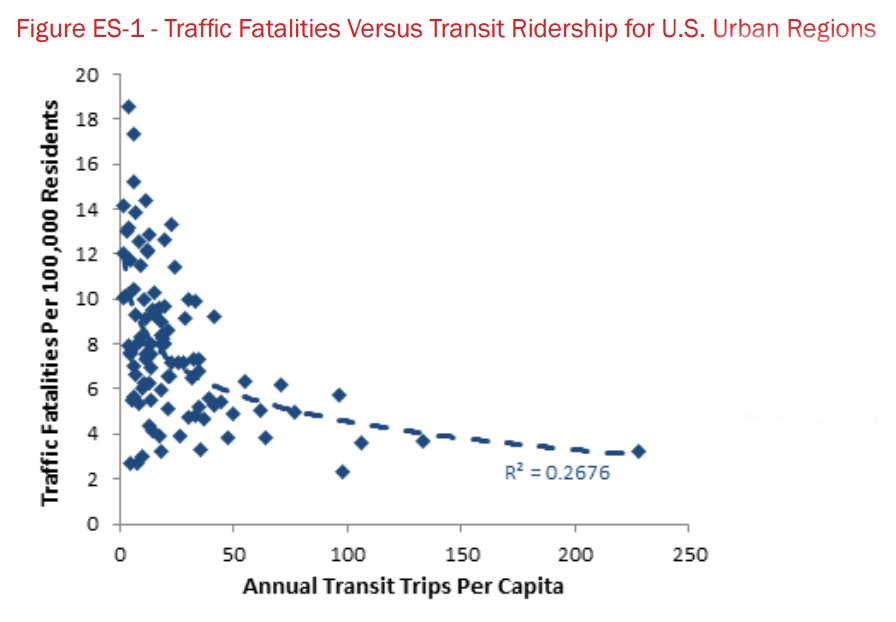


 RSS Feed
RSS Feed